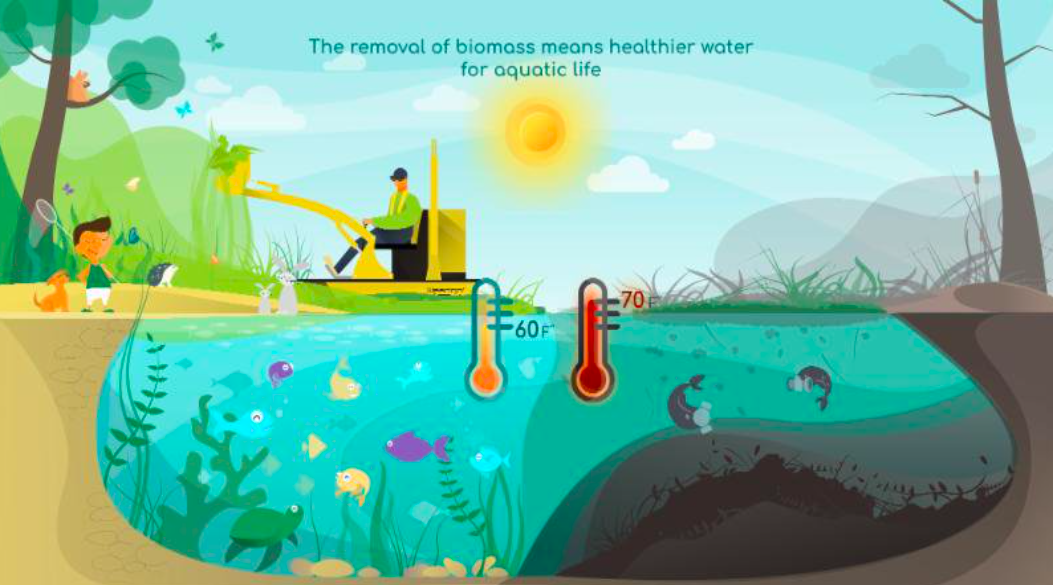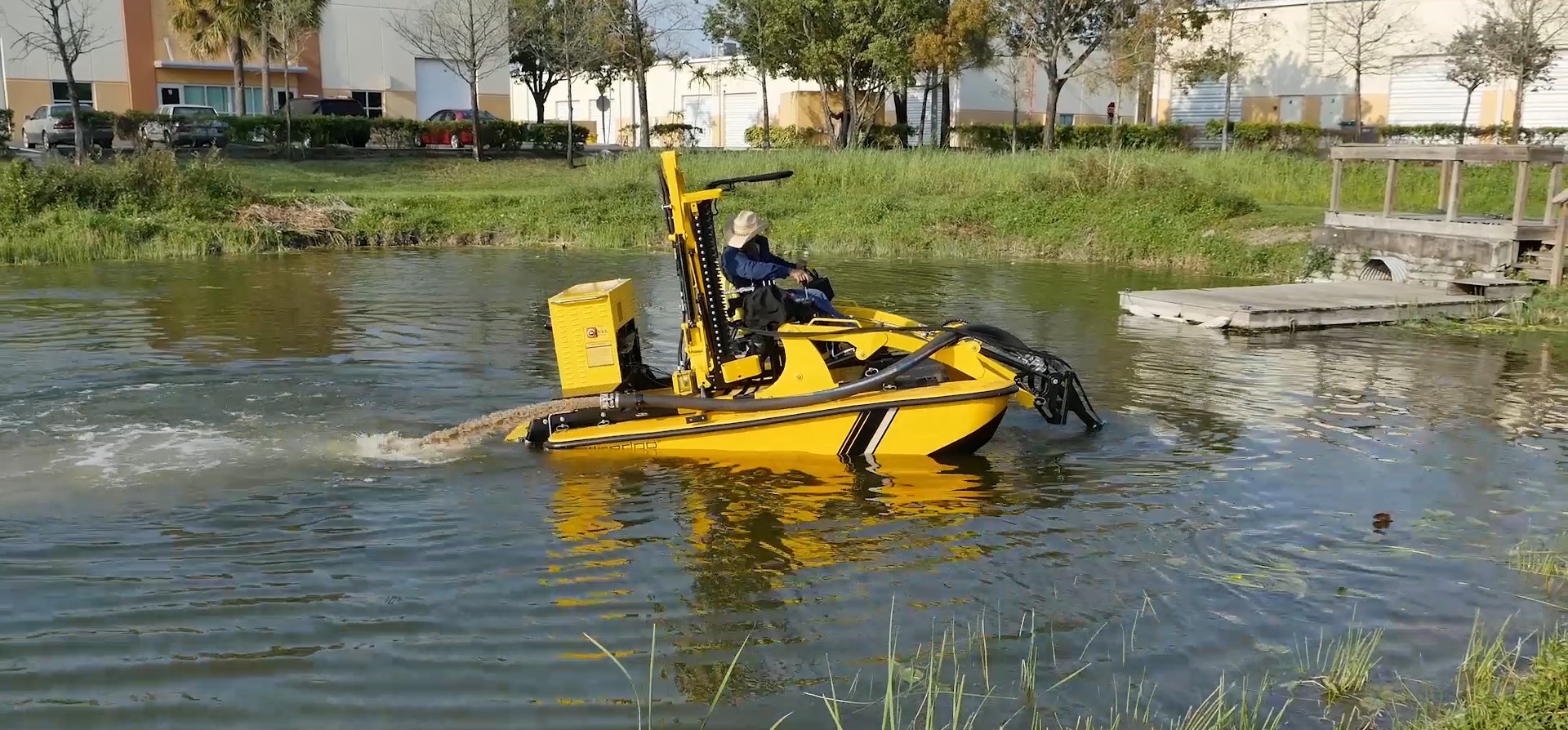What to do With the Byproduct of Silt Removal
Ponds in nature don’t last forever because of silt buildup caused by leaves and aquatic
plants that settle to the bottom and decompose into sediment. Most ponds eventually
become dry land. People who want to keep their ponds alive and thriving will eventually
have to deal with silt buildup. One approach is to try and prevent leaves, grass clippings
and water plants from getting into the pond in the first place, which can be a daunting
task. Another approach is to periodically engage in silt removal with equipment such as
the Weedoo SiltSucker Plus.
Having a problem with sediment buildup is one thing, but you also have to wonder what
might be in all that silt accumulating at the bottom of the body of water. That sediment
came from somewhere, right? Nearby agricultural operations, industrial facilities, golf
courses or even just well-manicured lawns could mean that the sediment has all kinds of
nasty chemicals in it that can cause all serious problems with your water. It could be killing
off the native species you want while encouraging algae or cyanobacteria blooms. In these
cases, silt removal is a must, but how you go about doing it is important.

The old ways of conducting silt removal typically did more harm than good. Mechanical
removal stirs up the sediment throughout the water, causing the release of gasses and
nutrients in such concentrated forms that it can quickly kill off most or all the aquatic life
you’re trying to save!
Now What?
Removing sediment from a water body includes figuring out what you’re going to do with
the silt you’ve removed. If you have open land near the pond, it can just be spread out
over those areas, though you may need to install a barrier to make sure it doesn’t end up
back in the water. If the sediment is rich in nutrients, as is often the case, it is worth your
while to work with local land farmers who can use it in agricultural fertilizer applications.
Another option for what to do with removed silt is to mix it with clay and sand to make
your own rich topsoil that can be used on your own lawns and gardens or sold to others who need it. Other creative uses include using it for landfill caps and mine reclamation. In
the unlikely event that your sediment is contaminated with toxins, it will have to be
properly disposed of at a confined disposal facility. We encourage people to think through
all the options for recycling and repurposing silt whenever possible. As they say, one
person’s trash is another person’s treasure!
The good news is that Weedoo has a great solution for getting rid of excess sediment. You
can face down your silt removal challenge with the Weedoo SiltSucker Plus, a quick-
change snorkel attachment for Weedoo compact workboats. The snorkel is easily
maneuvered to precisely target sediment buildup areas. The discharge hose can pump
slurry up to 250 feet with a flow of up to 5200 gallons per hour.

Here are the specifications of this handy tool:
| SP-1017G | U.S. | METRIC |
| Overall Length | 7 ft | 213 cm |
| Depth | variable 4-8 ft | 120-243 cm |
| Solids diameter max size | 1.625 in | 42 mm |
| Pump fuel | gasoline | gasoline |
| Max pump flow | 88 GPM | 400 LPM |
When you’re ready to tackle your sediment problem, let us know. We not only have the
right equipment; we have the experience and expertise to help.
- Title: What to do with the Byproduct of Silt Removal
- Description: Explore creative and practical solutions for dealing with silt removed from water bodies, including agricultural use, topsoil creation, and more.
- Keywords: silt removal, sediment management, agricultural fertilizer, topsoil creation, landfill caps, mine reclamation, silt recycling, environmental solutions
- Author: Tara Lordi
- Publication Date: [May, 2024]
- Word Count: 580 words
- Word Count: 580 words
- Tags: Silt removal, Sediment management, Agricultural fertilizer, Topsoil creation, Environmental solutions
- 2 Featured Images
